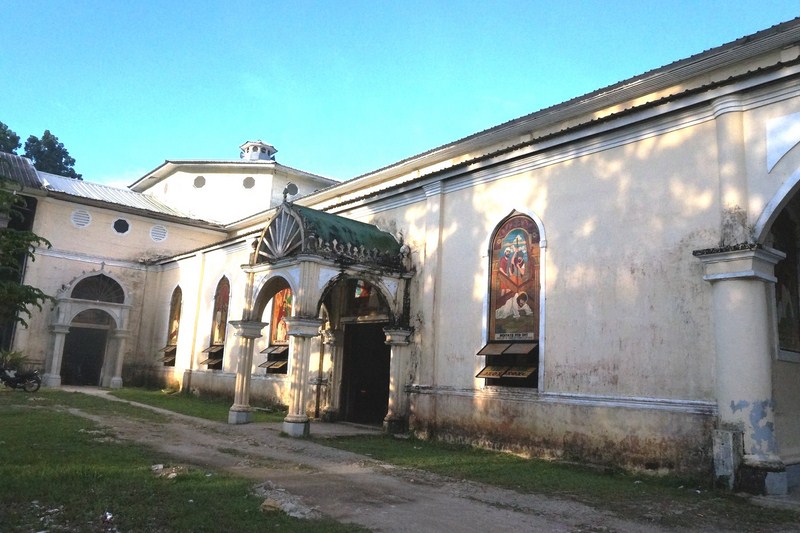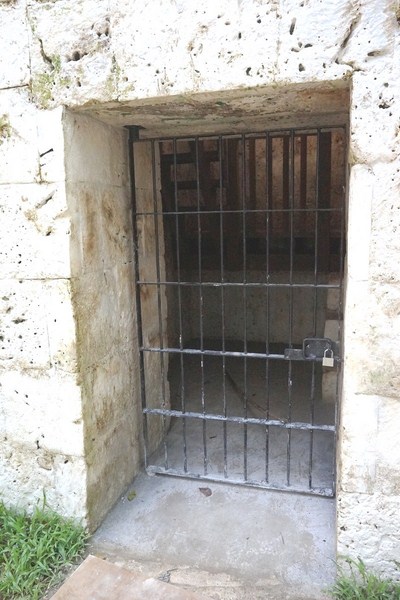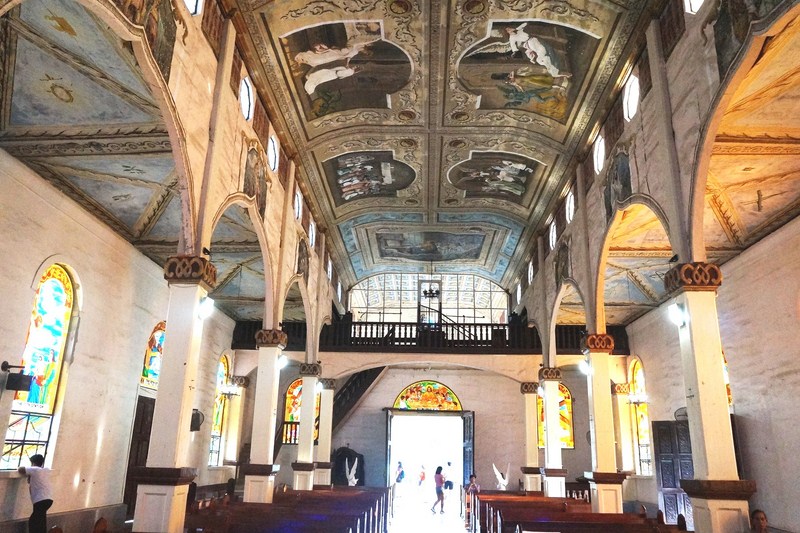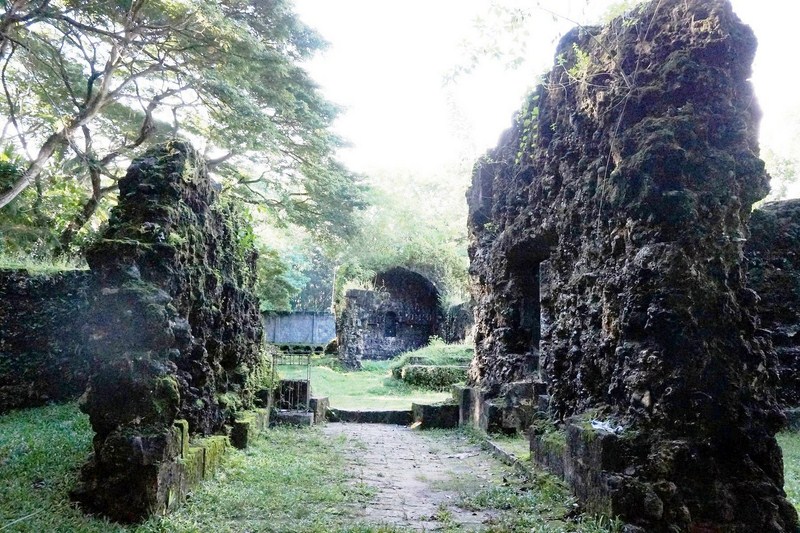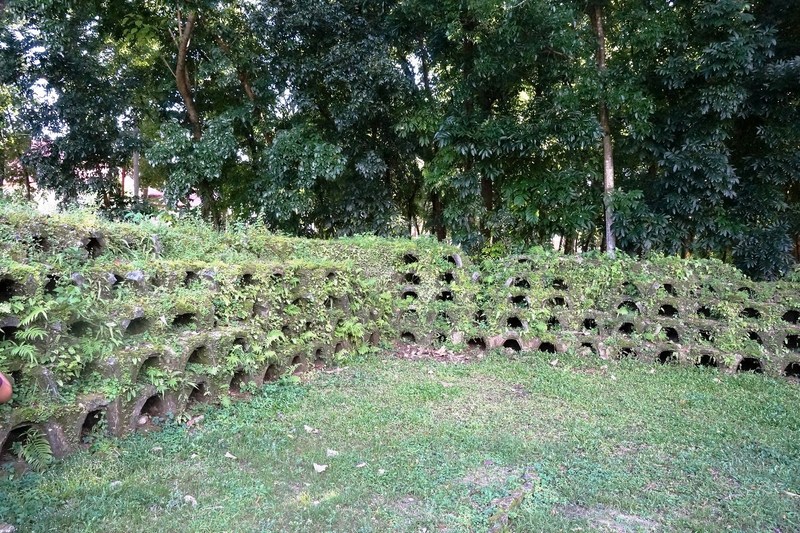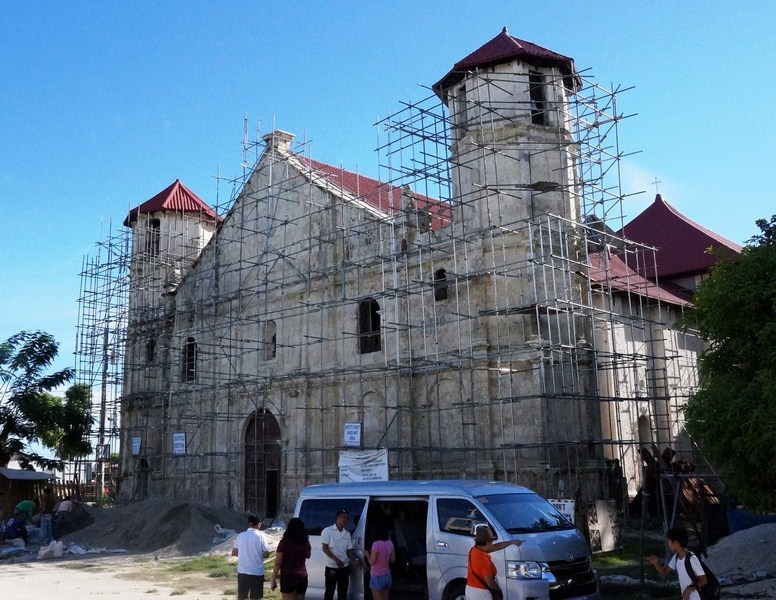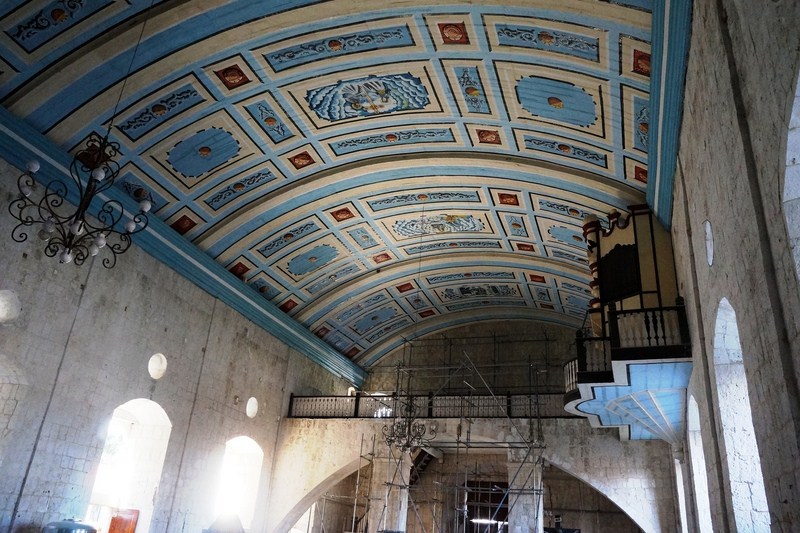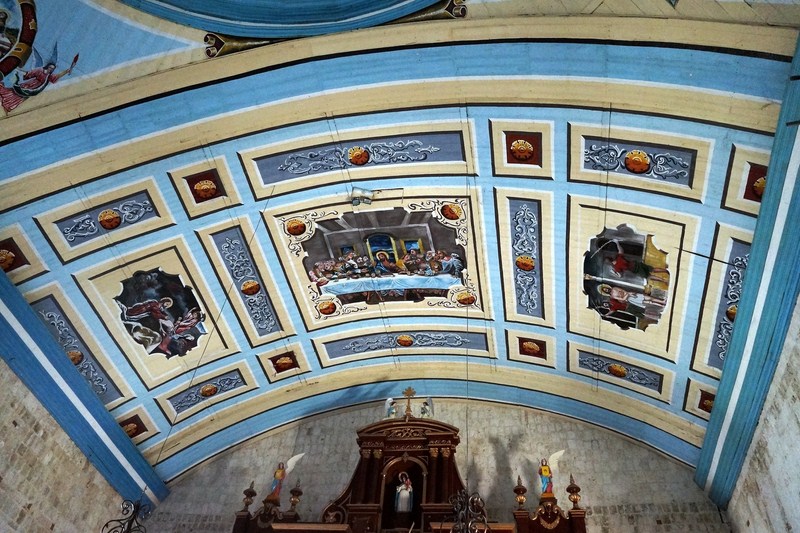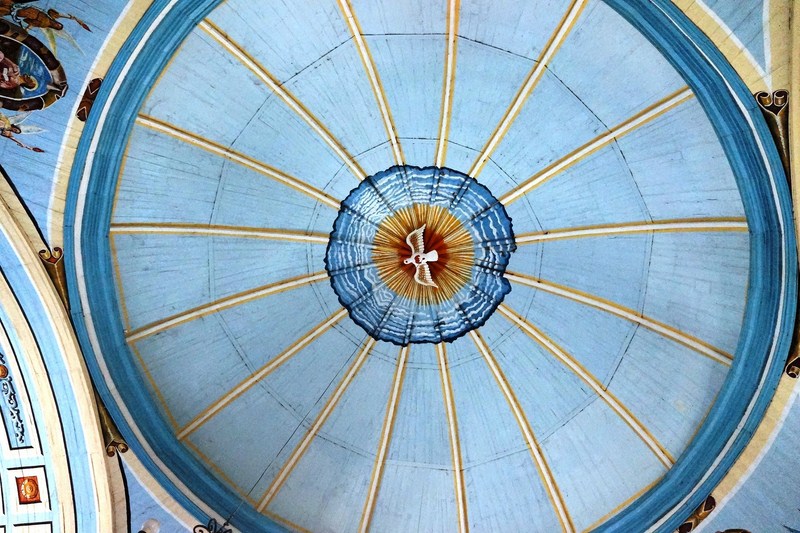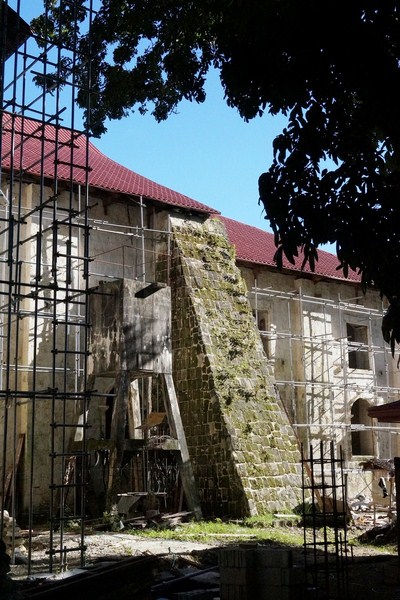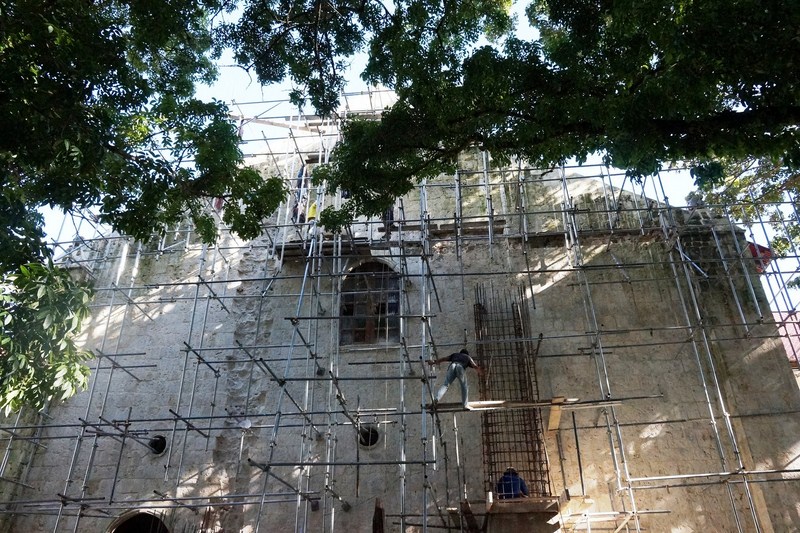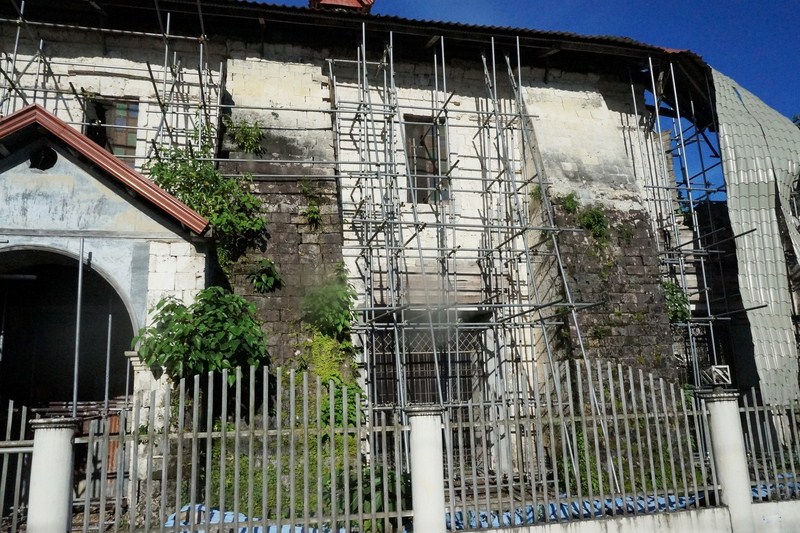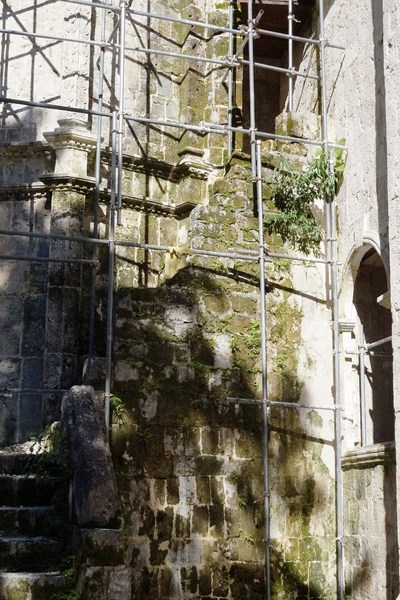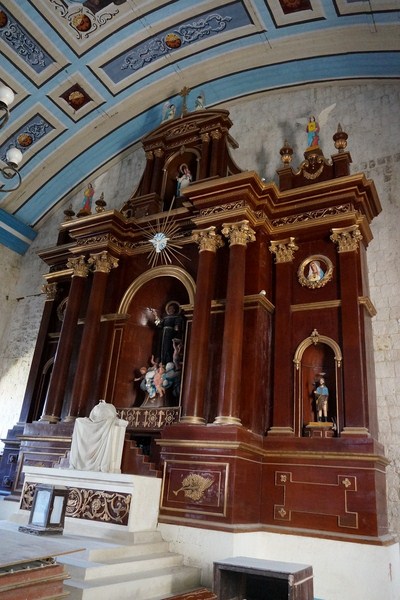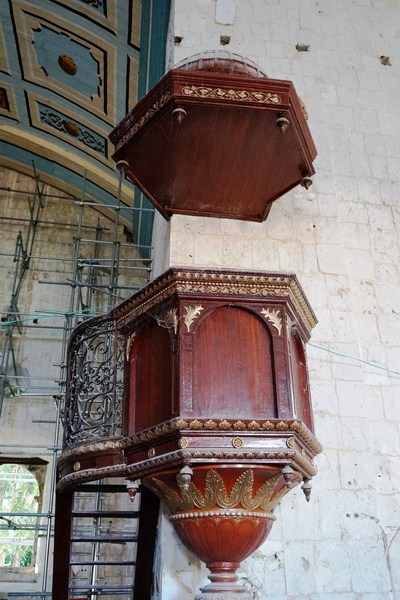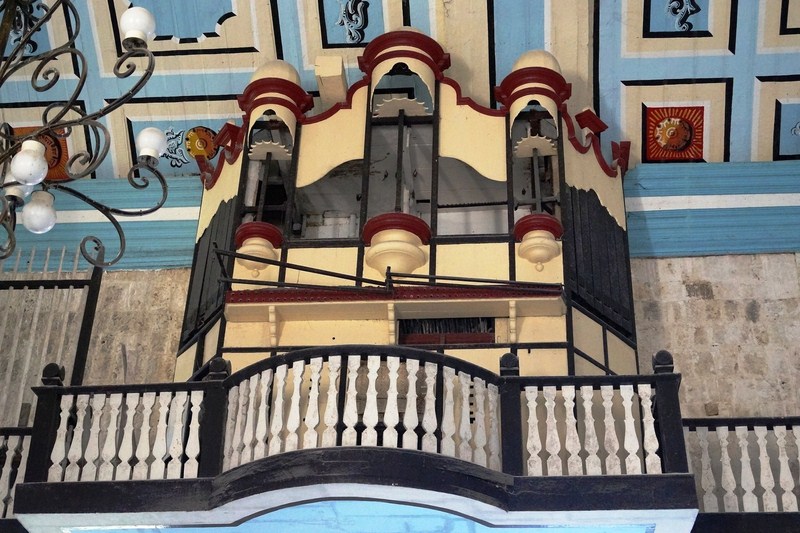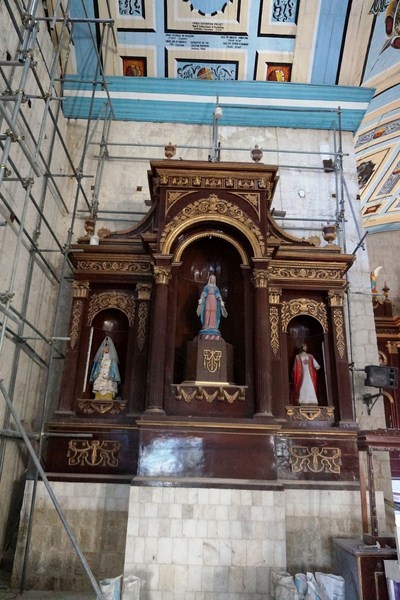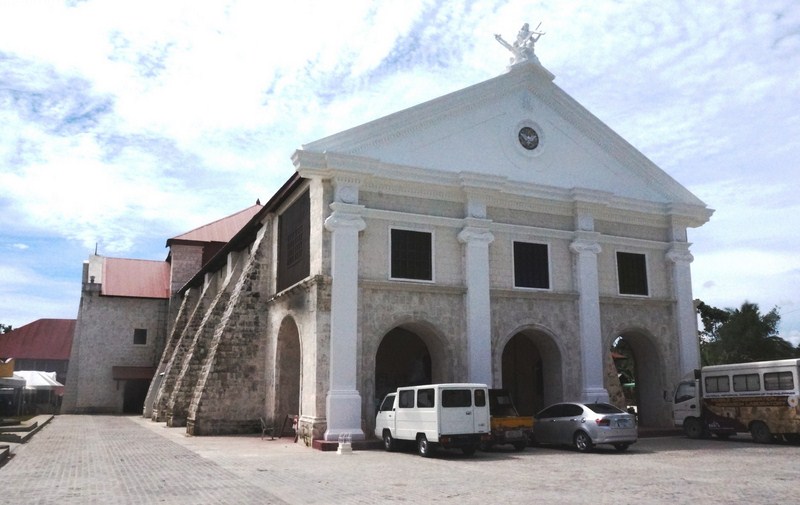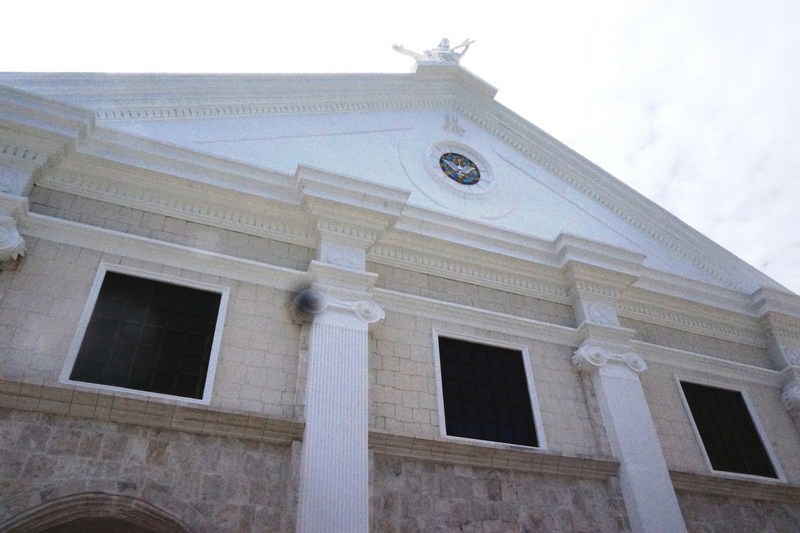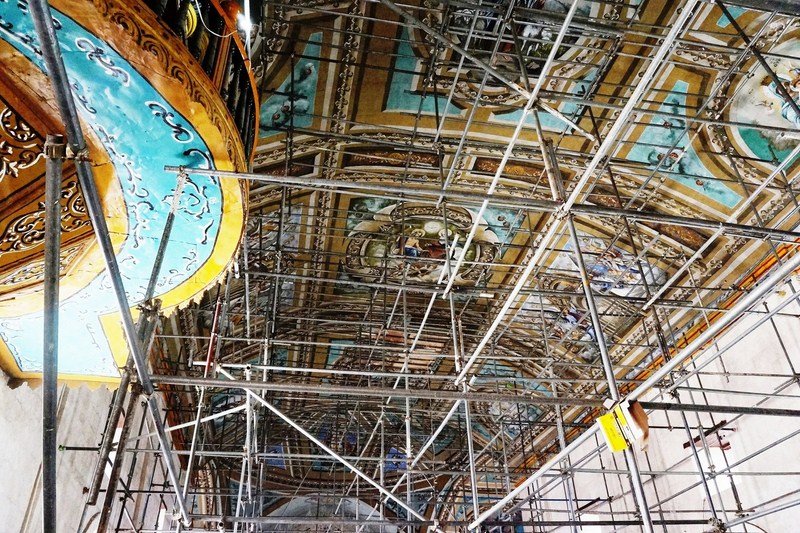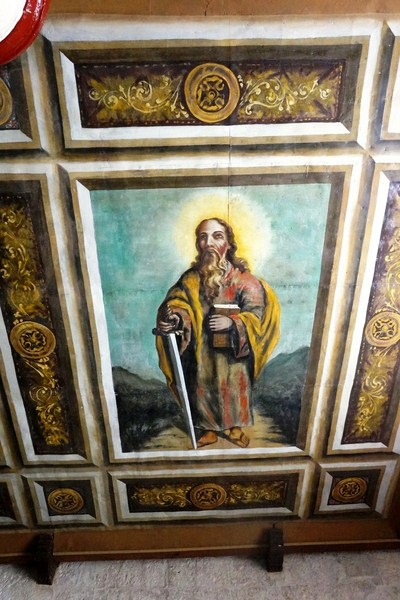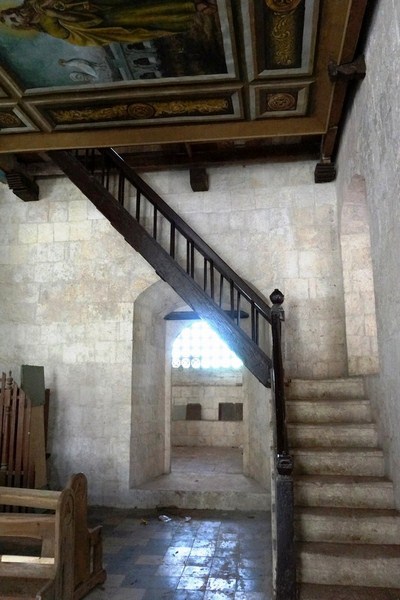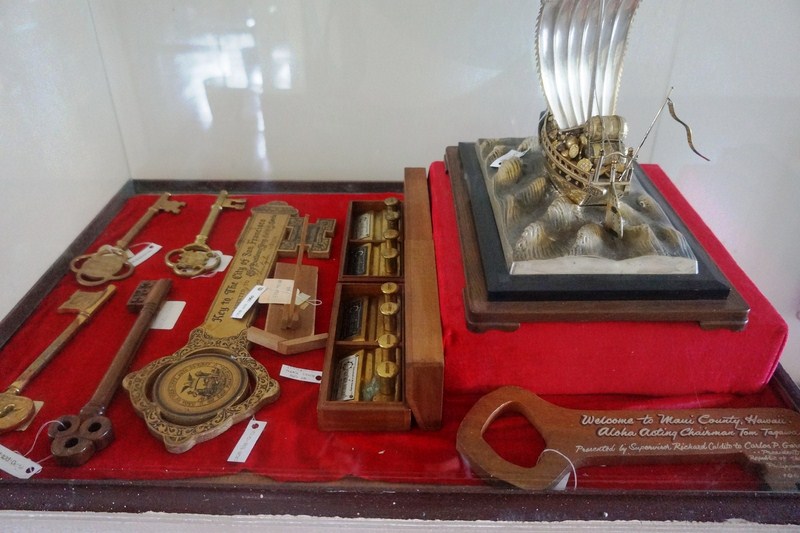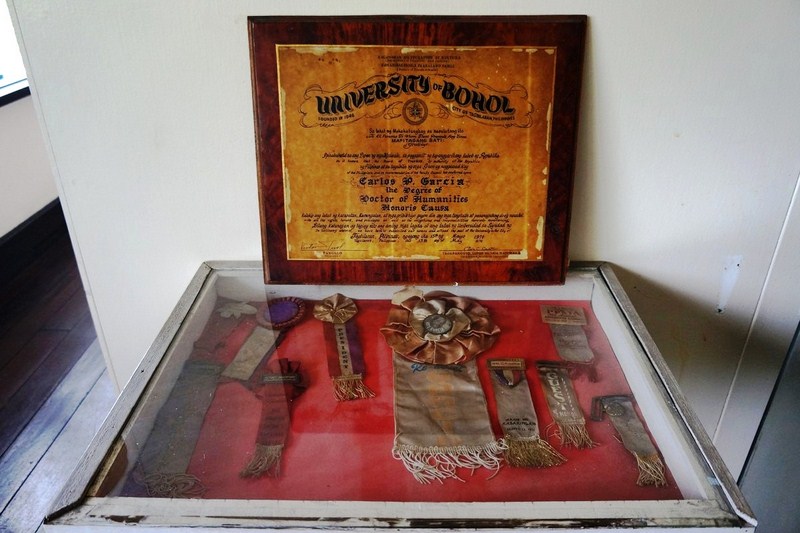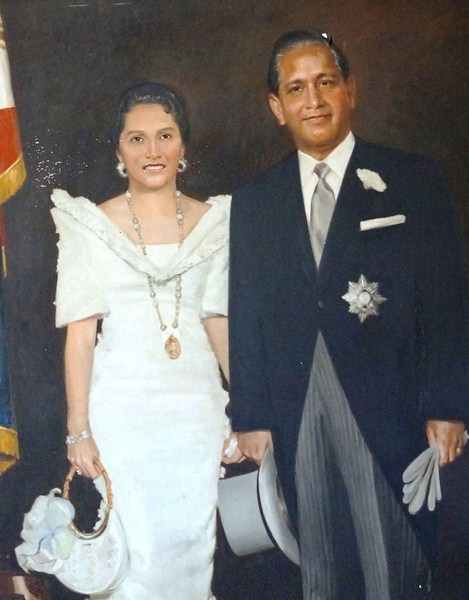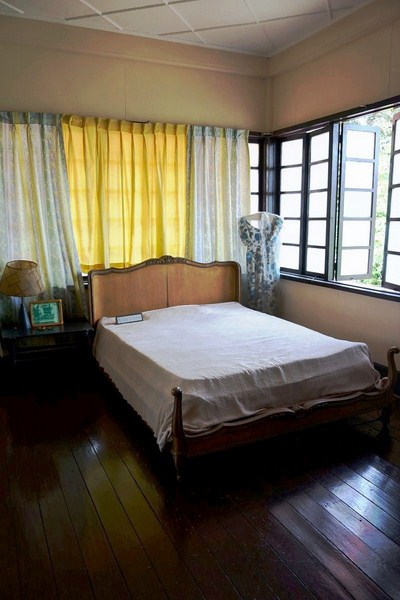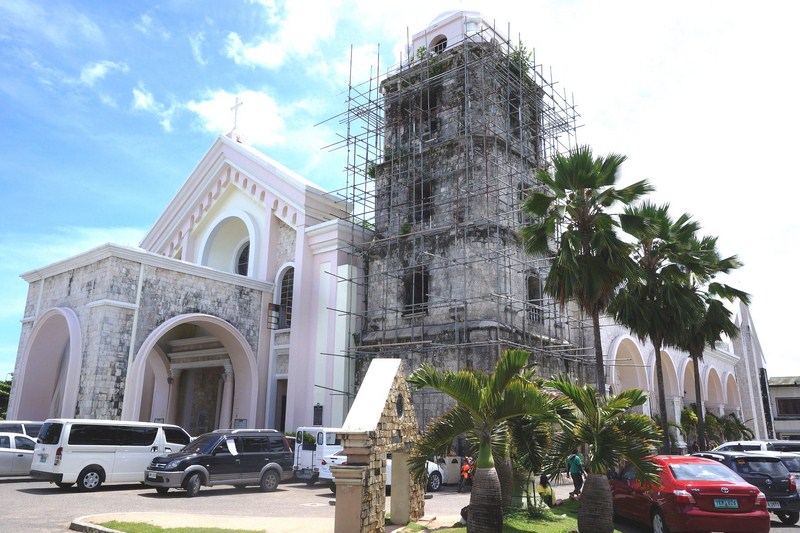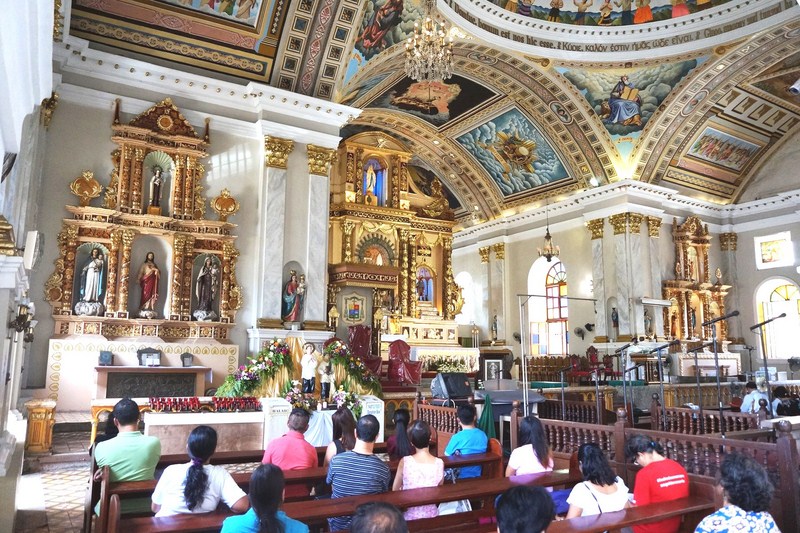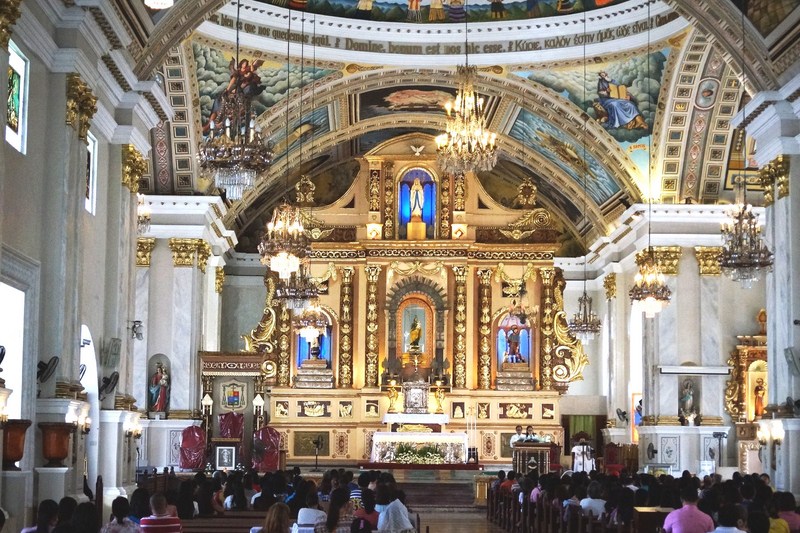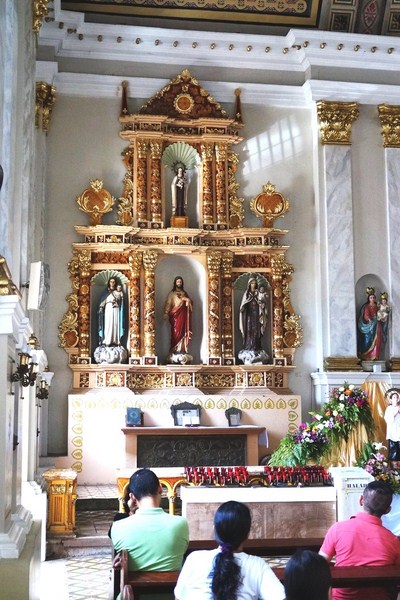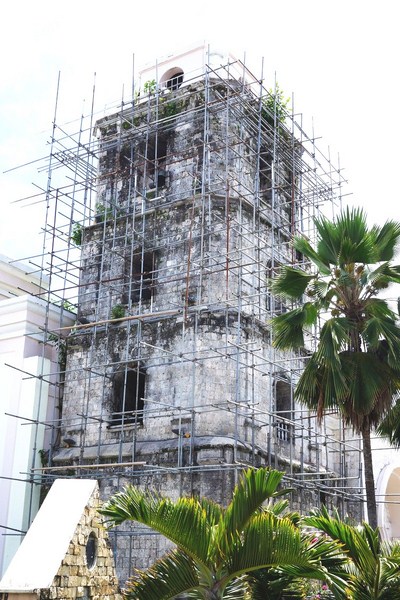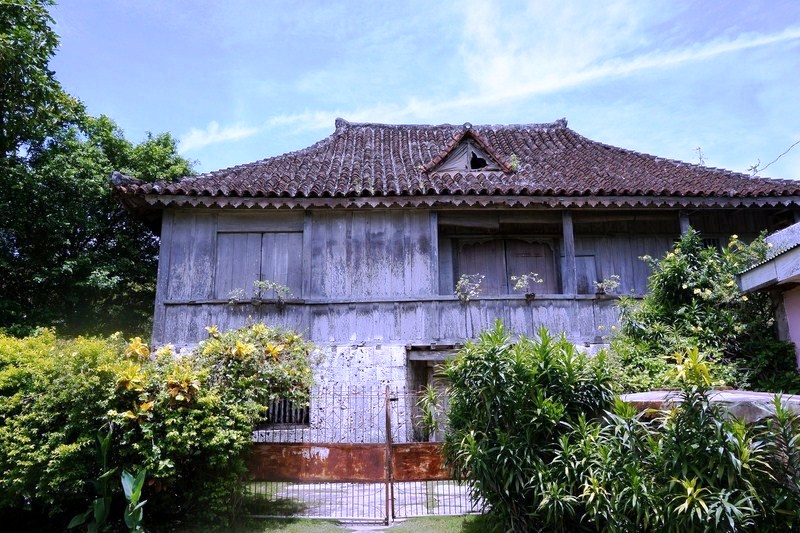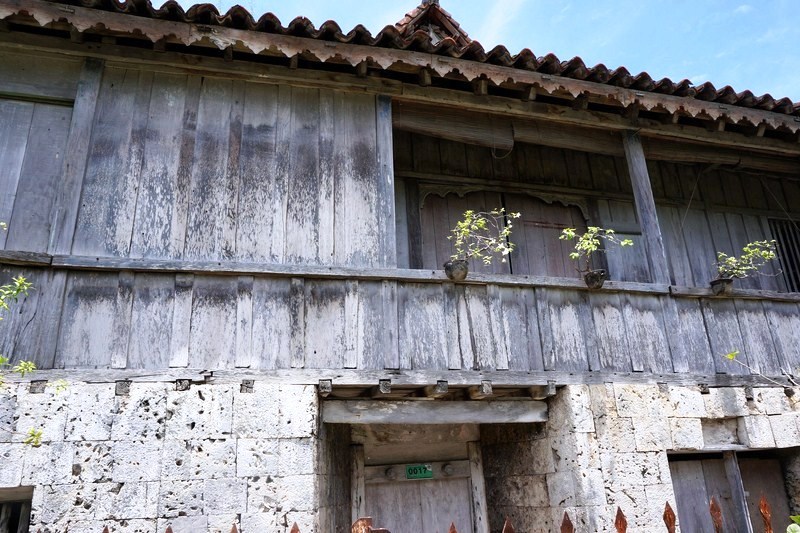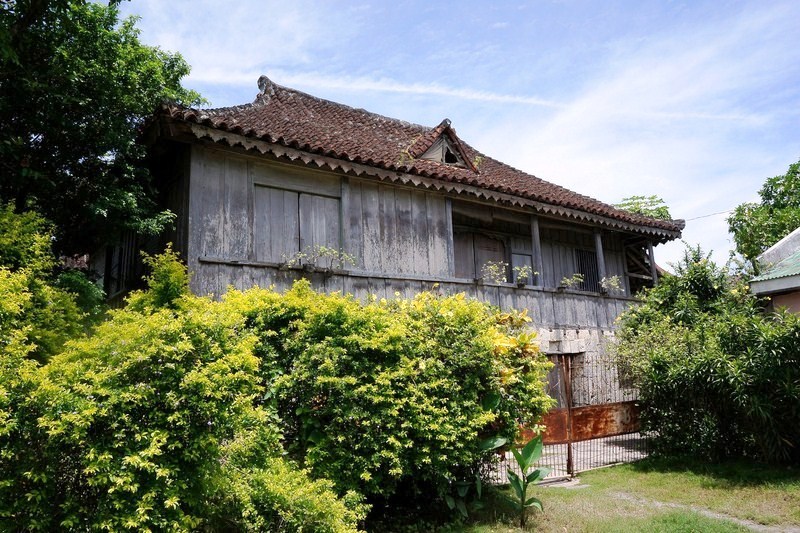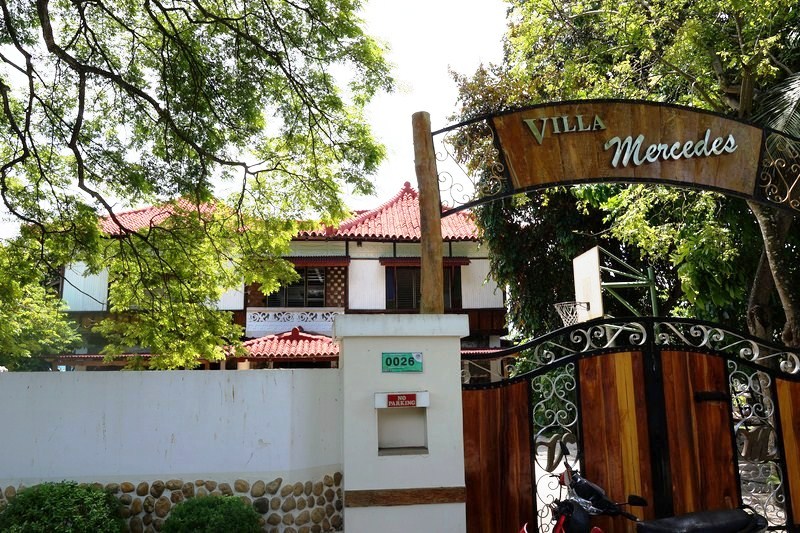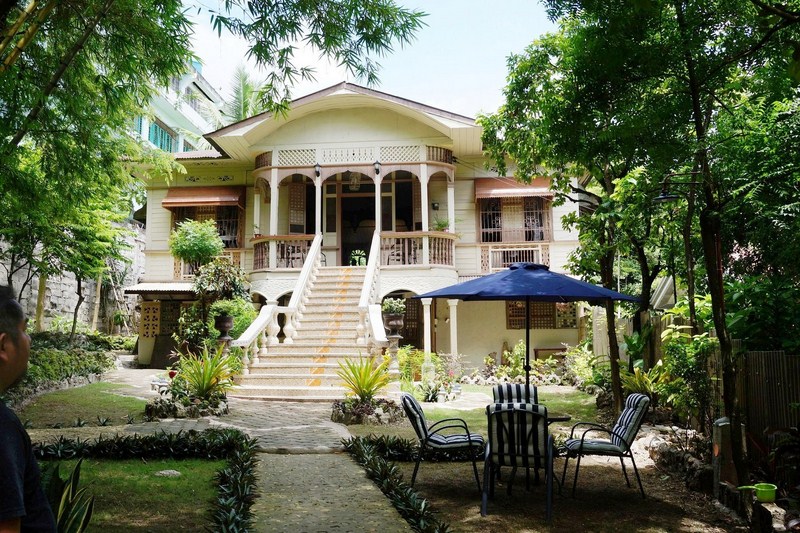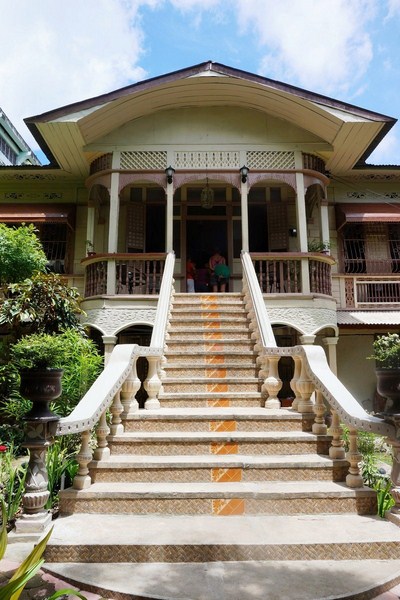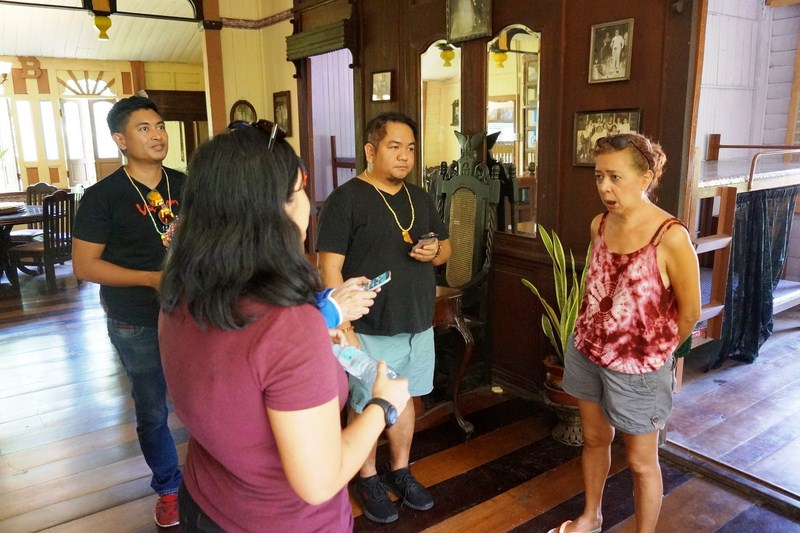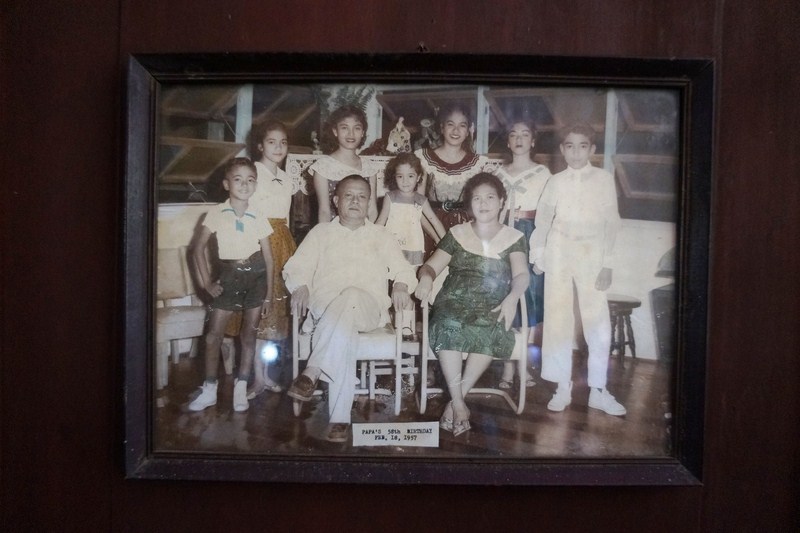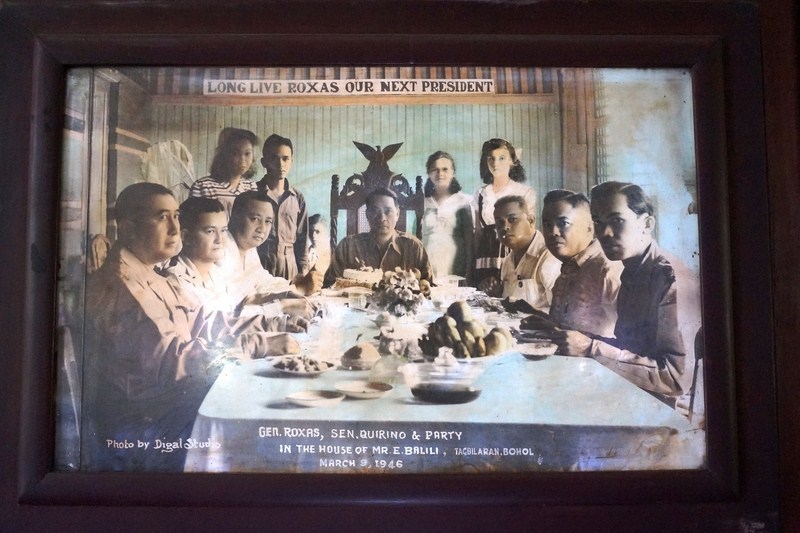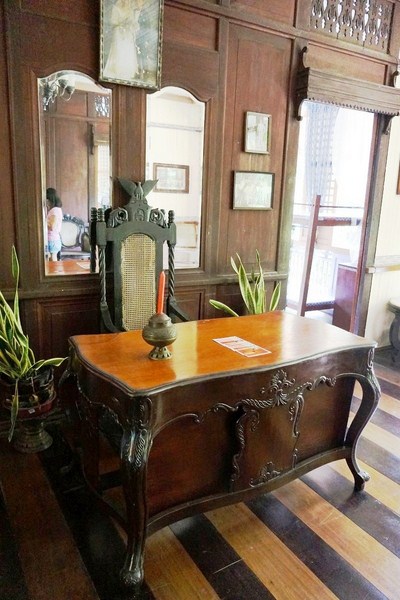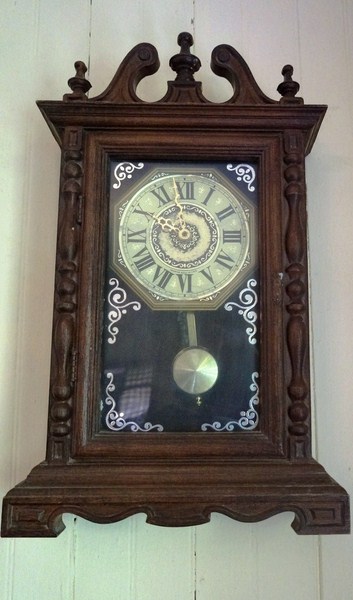Part of the Panglao Bluewater Resort-sponsored CountrysideTour
The town’s previous church, built with tabique and nipa after the 1863 typhoon, was renovated in 1889 but burned, together with the convent, the municipio (municipal building), the school building for boys and girls as well as private houses, by the Americans on November 12, 1900 even when all the town’s officials, led by Capitan Antonio Racho, came out to meet the soldiers with a brass band. Only the separate, hilltop bell tower was spared.
The present church, built in the early 20th century with poured concrete, has a cruciform plan with a squat octagonal cupola.. It has a nave divided into three aisles, and a portico, with a central bell tower, in front of the façade.
The church’s original three-storey square bell tower, on Mt. Carmel Hill overlooking the plaza, can be reached by climbing 104 concrete steps.
It was started in 1835 by Augustinian Recollect Fr. Antonio Cortes using cut coral stones gathered in Baclayon, and inaugurated in 1846.
Over time, exposure to the elements slowly eroded the surface of the belfry. A not-so-faithful restoration was done on the structure, its surface patched with irregularly cut stones, put in place with cement.
The 7.2 magnitude earthquake of October 15, 2013, totally toppled the restored structure. It has since been faithfully reconstructed with the help of the National Museum.
Its hip roof, with wide overhangs, is supported by carved corbels. The tower’s arched openings are decorated by scroll work and floral designs. Its bells have been removed and installed in the bell tower in front of the church at the foot of the hill.
Inside the church are ceiling murals of representations of Heaven, the Sacraments, saints and holy scenes, some done by Cebuano artist Ray Francia (the “Michaelangelo of Cebu”).
The altars combine Corinthian columns, Neo-Gothic spires and crockets, Baroque volutes and Art Deco open work.
Church of Our Lady of Mount Carmel: Balilihan-Sikatuna Provincial Rd., Balilihan 6342, Bohol. Feast of Our Lady of Mount Carmel: July 16.
How to Get There: Balilihan is located 21.5 kms. (a 30-min. drive) northeast of Tagbilaran City (through CPG North Ave.) and 19.7 kms. northeast via Corella (through J.A. Clarin St.).
Bohol Tourism Office: Governor’s Mansion Compound, C.P.G. Ave. North, Tagbilaran City, 6300 Bohol. Tel: +63 38 501-9186. E-mail: inquire@boholtourismph.com.
Panglao Bluewater Resort: Bluewater Rd., Sitio Daurong, Brgy. Danao, Panglao, 6340 Bohol. Tel: (038) 416-0702 and (038) 416-0695 to 96. Fax: (038) 416-0697. Email: panglao@bluewater.com.ph. Website: www.bluewaterpanglao.com.ph. Manila sales office: Rm. 704, Cityland Herrera Tower, Rufino cor. Valera Sts., Salcedo Village, 1227 Makati City, Metro Manila. Tel: (632) 817-5751 and (632) 887-1348. Fax: (632) 893-5391.


